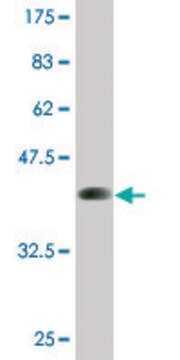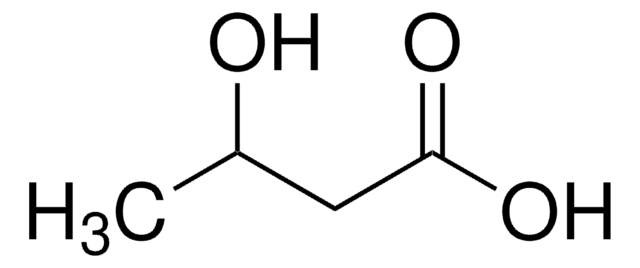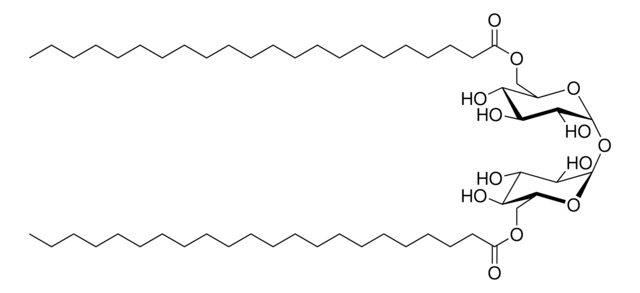MABC128
Anti-FIP200 Antibody, clone 14E11.2
clone 14E11.2, from mouse
Synonyme(s) :
RB1-inducible coiled-coil protein, 1FAK family kinase-interacting protein of 200 kDa, FIP200
About This Item
Produits recommandés
Source biologique
mouse
Niveau de qualité
Forme d'anticorps
purified antibody
Type de produit anticorps
primary antibodies
Clone
14E11.2, monoclonal
Espèces réactives
human, mouse
Technique(s)
immunocytochemistry: suitable
western blot: suitable
Isotype
IgG2bκ
Numéro d'accès NCBI
Numéro d'accès UniProt
Conditions d'expédition
wet ice
Modification post-traductionnelle de la cible
unmodified
Informations sur le gène
human ... RB1CC1(9821)
Description générale
The previously assigned protein identifier Q86YR4 has been merged into Q8TDY2. Full details can be found on the UniProt database.
Spécificité
Immunogène
Application
Apoptosis & Cancer
Apoptosis - Additional
Immunocytochemistry Analysis: A 1:500 dilution from a representative lot detected FIP200 in NIH/3T3, A431, and HeLa cells.
Immunocytochemistry Analysis: A 1:250 dilution from a representative lot detected FIP200 in untreated and chloroquinone-treated HUVEC cells.
Qualité
Western Blot Analysis: 1 µg/mL of this antibody detected FIP200 in 10 µg of HeLa cell lysate.
Description de la cible
Forme physique
Stockage et stabilité
Remarque sur l'analyse
HeLa cell lysate
Autres remarques
Clause de non-responsabilité
Vous ne trouvez pas le bon produit ?
Essayez notre Outil de sélection de produits.
Code de la classe de stockage
12 - Non Combustible Liquids
Classe de danger pour l'eau (WGK)
WGK 1
Point d'éclair (°F)
Not applicable
Point d'éclair (°C)
Not applicable
Certificats d'analyse (COA)
Recherchez un Certificats d'analyse (COA) en saisissant le numéro de lot du produit. Les numéros de lot figurent sur l'étiquette du produit après les mots "Lot" ou "Batch".
Déjà en possession de ce produit ?
Retrouvez la documentation relative aux produits que vous avez récemment achetés dans la Bibliothèque de documents.
Articles
Autophagy is a highly regulated process that is involved in cell growth, development, and death. In autophagy cells destroy their own cytoplasmic components in a very systematic manner and recycle them.
Notre équipe de scientifiques dispose d'une expérience dans tous les secteurs de la recherche, notamment en sciences de la vie, science des matériaux, synthèse chimique, chromatographie, analyse et dans de nombreux autres domaines..
Contacter notre Service technique

![Poly[(R)-3-hydroxybutyric acid] natural origin](/deepweb/assets/sigmaaldrich/product/structures/129/476/7d1c924b-f644-4889-a2d6-d7a923ce382c/640/7d1c924b-f644-4889-a2d6-d7a923ce382c.png)





